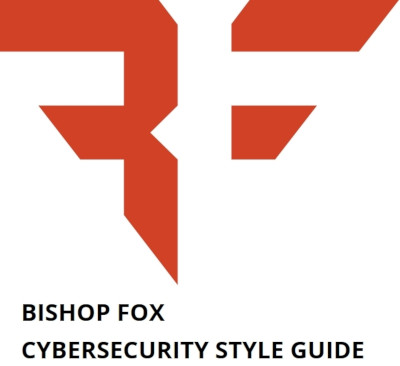| Cyber.dic - Spellchecking For Tech Terms and Acronyms |
| Written by Nikos Vaggalis |
| Friday, 25 October 2019 |
|
Tired of your word processor red squiggling perfectly acceptable technical terms and acronyms? The cyber.dic spellcheck dictionary puts an end to that! Default spellcheck dictionaries do not include the niche technical terms that most security professionals need to use in their emails, reports, and presentations. Cyber.dic solves that problem by augmenting your word processor’s dictionary with more than 1,700 terms that are likely to be treated with a red underline in your documents The dictionary is derived from the Cybersecurity style guide, created by the information security consulting firm Bishop Fox. It was designed to address the pressing needs of the firm's security researchers in keeping up to speed with the ever-evolving tech sector's language landscape. One notable aspect of Cyberdic is that for selected terms it includes their proper pronunciation. For example:
A short and random list of the terms included in the guide follows: 3DES 0-day (n. or adj.) adb or adb app vs. application ILSpy JVM JWT military-grade encryption (n.) MitM It is evident that, despite being primarily designed for security professionals, it will also be of value to other tech tribes such as programmers, cryptographers, network engineers, and more.
The guide closes with some handy tips, like how to codify your own terms or how to write terms that don’t follow your style. Cyber.dic currently supports Microsoft Word and LibreOffice Writer. The dictionary is not set in stone, however, as it constantly updates when the people at Bishop Fox come across new terms, for example when attending hacking conferences. The file can be found online on its Github repo together with setup instructions for Word and LibreOffice. More Information
Related ArticlesBitcoin, BYOD and MOOC Added To Oxford Online Dictionary GIF Becomes Word Of The Year 2012
To be informed about new articles on I Programmer, sign up for our weekly newsletter, subscribe to the RSS feed and follow us on Twitter, Facebook or Linkedin.
Comments
or email your comment to: comments@i-programmer.info |



